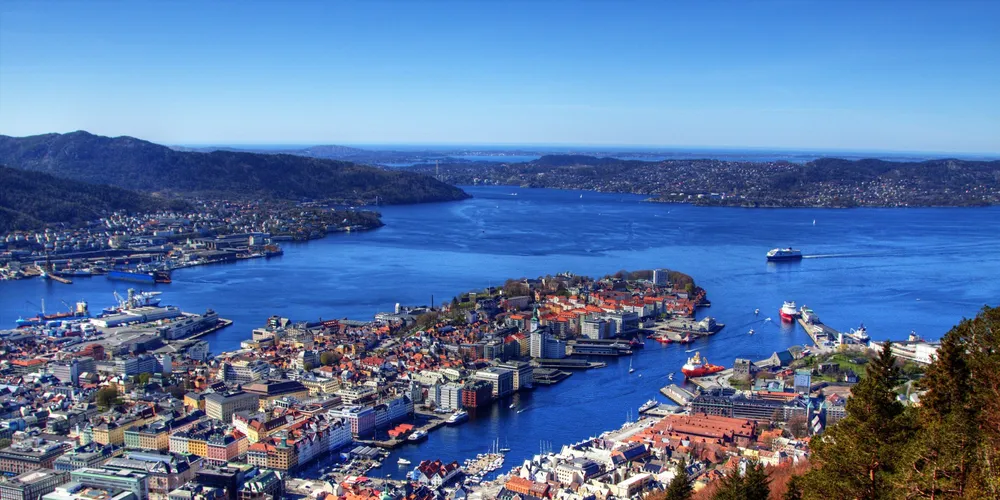North Atlantic Seafood Forum blog: Recap on all the news from the event
The world's largest seafood business conference is back in Bergen, Norway. Get all the news from the event here.

The world's largest seafood business conference is back in Bergen, Norway. Get all the news from the event here.
